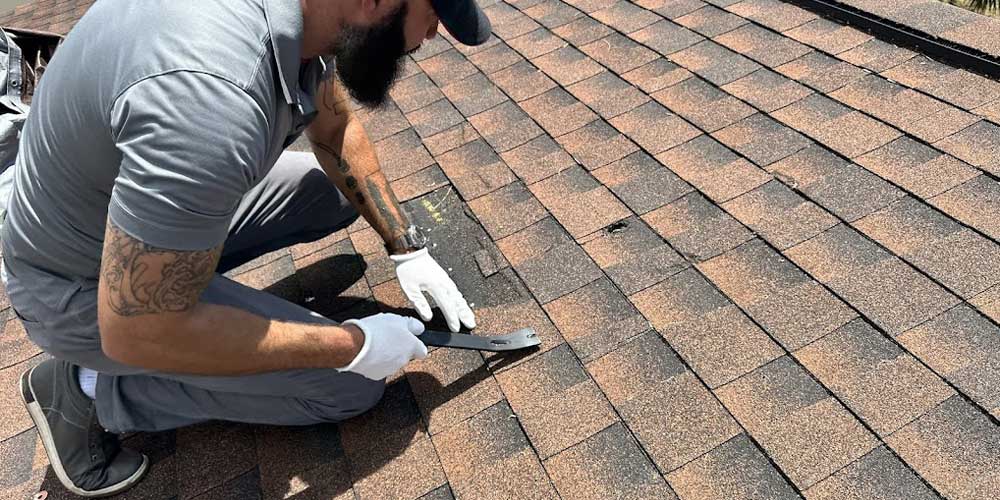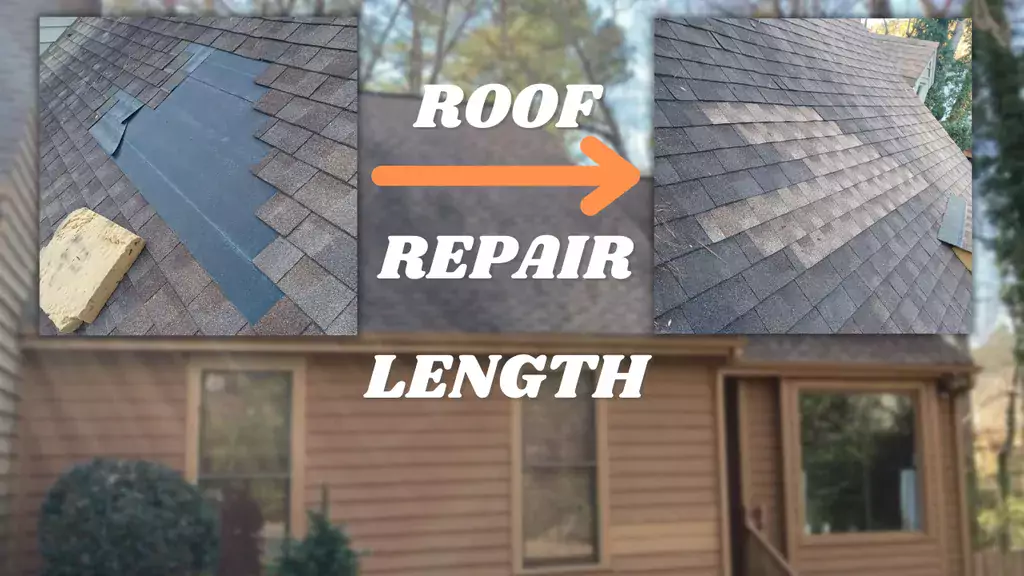Understanding the Various Kinds Of Roofing Systems: A Comprehensive Guide for Homeowners
With a variety of choices-- ranging from the conventional gable to the modern flat-- each type presents unique advantages and obstacles that need to align with the house owner's specific requirements and environmental considerations. As we explore the intricacies of various roofing types, it becomes noticeable that one size does not fit all; the right selection might surprise you.
Saddleback Roof
Saddleback roofs, characterized by their triangular shape, are amongst the most popular roof covering styles because of their simpleness and performance in shedding water and snow. This style includes two sloping sides that meet at a ridge, enabling for reliable drainage and reducing the threat of water accumulation. The steep pitch generally related to saddleback roofs enhances their capacity to take care of heavy rainfall, making them appropriate for various environments.
In enhancement to their useful advantages, saddleback roofs provide aesthetic flexibility. They can be adjusted to different architectural designs, from typical to modern homes. The layout can additionally accommodate added functions such as dormer windows, which enhance natural light and air flow in the attic room.
In addition, gable roofing systems provide ample area for insulation, adding to energy performance. Home owners can select from a variety of roofing materials, consisting of asphalt tiles, metal, and tiles, even more enhancing customization choices.
Despite their benefits, saddleback roofs may require additional assistance in areas vulnerable to high winds or hefty snowfall. In general, the gable roofing continues to be a preferred choice due to its mix of functionality, sturdiness, and aesthetic allure.
Flat Roofs
Level roofings are frequently identified for their minimal design and functional applications, especially in industrial and commercial setups (oahu roofing). These roofing systems include a nearly straight or horizontal surface area, which enables very easy building and construction and flexible area usage. While they may do not have the visual appeal of pitched roofs, flat roofings use many benefits, especially in metropolitan settings where making best use of space is critical
One of the main benefits of level roof coverings is their availability. Homeowners can use the roof covering room for different objectives, such as roof yards, balconies, or solar panel setups. In addition, flat roofing systems are generally much more cost-efficient to set up and preserve compared to their sloped counterparts, as they call for fewer products and labor.
Nonetheless, flat roofings do present particular difficulties. Appropriate drain is essential to avoid water pooling, which can cause leaks and structural damage. Thus, choosing high-quality waterproofing materials and regular evaluations are important for making sure longevity. Typical materials used for level roofs consist of built-up roof (BUR), changed bitumen, and single-ply membrane layers, each offering distinctive advantages. Generally, flat roofs act as a useful and versatile option for numerous property owners and businesses alike.
Hip Roofs
Hip roofing systems are characterized by their sloped sides that assemble at the top, forming a ridge. This style is distinct from gable roof coverings, as all 4 sides of a hip roofing incline downwards toward the walls, offering a more steady framework. The angle of the slopes can vary, permitting convenience in architectural visual appeals and functionality.
One of the key benefits of hip roof coverings is their capacity to hold up against hefty winds and negative weather conditions. The sloped surface areas enable much better water drainage, decreasing the threat of leakages and water damage. Additionally, hip roof coverings provide increased attic room, which can be utilized for storage space or even exchanged comfortable areas.
However, creating a hip roofing system can be more intricate and expensive than less complex roofing kinds, read review such as gable roof coverings. The added material and labor associated with developing the inclines and ensuring proper structural integrity can bring about higher expenses. Despite these drawbacks, many home owners favor hip roof coverings for their resilience, visual charm, and potential for energy efficiency.
Mansard Roofs
Mansard roofs, often recognized by their distinct four-sided design, attribute two inclines on each side, with the lower slope being steeper than the upper. This building style, stemming from France in the 17th century, is not only cosmetically appealing yet useful, as it makes best use of the usable space in the top floorings of a building. The high reduced slope permits for even more headroom, making it an optimal selection for attics or lofts, which can be transformed right into living spaces.
Mansard roofs are identified by their flexibility, accommodating various architectural styles, from standard to contemporary. They can be created with various materials, including asphalt shingles, slate, or metal, giving property owners with a series of choices to suit their preferences and budgets. Additionally, the design enables for the integration of dormer windows, boosting all-natural light and ventilation in the top degrees.
Nonetheless, it is necessary to take into consideration the prospective disadvantages. Mansard roof coverings may need even more upkeep due to the intricacy of their design, and their high slopes can be testing for snow and rainfall overflow. Generally, mansard roofing systems combine elegance with usefulness, making them a preferred selection amongst property owners looking for distinct architectural features.
Shed Roofs
As home owners increasingly seek simplicity and performance in their building layouts, from this source shed roof coverings have become a popular selection. Defined by a solitary sloping airplane, a shed roof provides a minimal aesthetic that matches various home designs, from modern to rustic.
One of the primary advantages of a shed roofing is its straightforward building, which often converts to lower labor and product prices. This style permits effective water drainage, lowering the risk of leakages and water damage. Furthermore, the vertical incline supplies ample area for skylights, enhancing all-natural light within the interior.
Dropped roof coverings additionally offer versatility in regards to use. They can be properly integrated into additions, garages, or exterior structures like sheds and pavilions. Additionally, this roofing system style can suit different roof products, consisting of metal, asphalt roof shingles, or even eco-friendly roofing systems, aligning with environmentally friendly efforts.
Nevertheless, it is necessary to take into consideration regional climate problems, as hefty snow lots might necessitate changes to the roofing system's angle or framework. Overall, shed roofing systems provide a functional and visually pleasing choice for house owners seeking to take full advantage of capability without jeopardizing style.
Conclusion


Gable roofings, characterized by their triangular form, are among the most prominent roof designs due to their simplicity and efficiency in losing water and snow. oahu roofing. The steep pitch generally linked with gable roofs improves their capacity to take care of heavy rainfall, making them ideal for numerous climates
While they might lack the aesthetic charm of pitched roofings, level roofs supply click here to read various benefits, especially in city atmospheres where optimizing area is critical.
